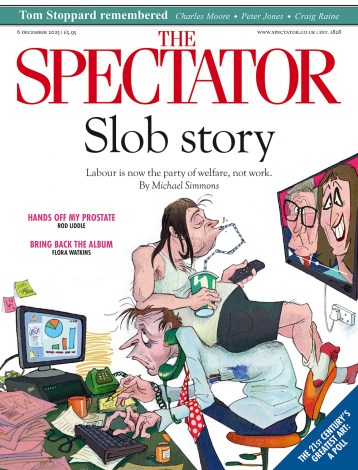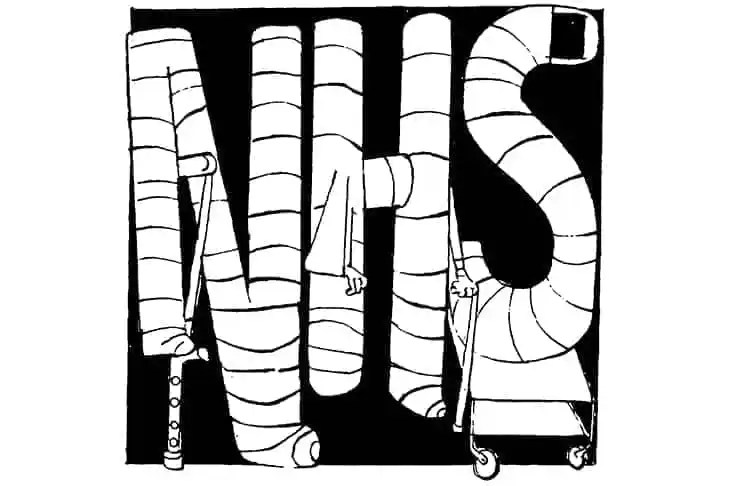Rishi Sunak and Health Secretary Steve Barclay want us to see the NHS workforce plan, published today, as being one of the big historic events in the lifetime of the health service, which turns 75 next week. Barclay describes it in the Daily Telegraph as ‘the most radical modernisation and reform of the workforce since the NHS was founded in 1948’ and ‘the first time any government has published a comprehensive workforce plan’. The last time there was any real planning for workforce was back in 2000 when the Blair government launched its NHS plan, and so Barclay can reasonably lay claim to this being a big moment.
There are other echoes of that Blair plan in today’s announcement too. Barclay has got supportive quotes for his 100-page-long document from pretty much everyone in the sector, including NHS boss Amanda Pritchard, who calls it a ‘truly historic day for the NHS in England’ and a ‘once in a generation opportunity to put staffing on a sustainable footing for the years to come’.
‘Ambition’ is a mild way of putting what is required of the NHS here
Alongside Pritchard are more than 40 other quotes from chairs of the Royal Colleges, trade unions, Patients Association, NHS Providers, NHS Confederation and charities ranging from Rethink Mental Illness and Cancer52. This was what Blair and his health secretary at the time Alan Milburn did with their plan in order to ensure that everyone was bought in to what was being announced. That wasn’t just a media management strategy for the day of launch but a way of getting consent from across the healthcare world to the reform targets also being set out.
Today’s workforce plan has similar, if not more, challenging targets on productivity that the health service has to meet – but may also struggle to manage. It says:
‘The plan is based on an ambitious labour productivity assumption of up to 2 per cent (at a range of 1.5-2 per cent). This ambition requires continued effort to achieve operational excellence, reducing the administrative burden through technological advancement and better infrastructure, care delivered in more efficient and appropriate settings (closer to home and avoiding costly admissions), and using a broader range of skilled professionals, upskilling and retaining our staff.’
Health insiders have been very clear to me that ‘ambition’ is a mild way of putting what is required of the NHS here.
The next sentence, though, is quite challenging for the Treasury, which has had to concede significant ground for today’s plan to make it into print. The Treasury has never been in favour of committing to long-term workforce targets and forecasting for the NHS – indeed, it has never been much in favour of the NHS because of the drain on public spending this particular arm of the welfare state has been ever since 1948. The impact of this attitude hasn’t just been short-staffing and reliance on overseas workers to fill vacancies. It has also led to significant capital underinvestment. So the line that follows the comment on productivity is important:
‘These opportunities to boost labour productivity will require continued and sustained investment in the NHS infrastructure, a significant increase in funding for technology and innovation, and delivery of the broader proposals in this plan.’
Unless there is significant capital investment, and even more historic social care reform, the plan won’t have the chance of success that it deserves. But it is still hugely important that ministers have ended up delivering this (very late) document at all.
Even though it has been blindingly obvious for a very long time that the NHS needs proper workforce planning – not least because Jeremy Hunt has spent the last decade banging on about it from various jobs – there hasn’t been much short-term political gain in getting on with it. In the most optimistic scenario, Rishi Sunak will not be the prime minister in Downing Street who gets the praise for this when the effects start to be felt in ten years’ time. That’s why no one has felt the immediate pressure to sort this gaping hole out before – and it is to this Prime Minister’s credit that he has.







Comments